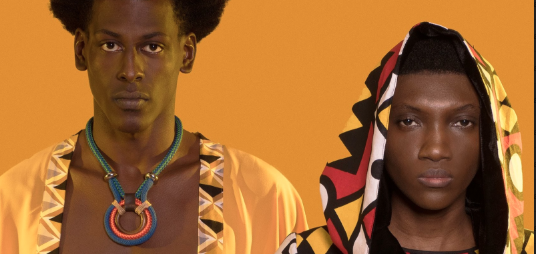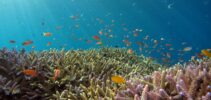👗 Brasil Eco Fashion Week reaches its 6th edition
CoCreate the Future – this is the theme of 6th Brasil Eco Fashion Week (BEFW), a sustainable fashion week that opens on November 30th at Unibes Cultural, in São Paulo. From December 1st to 3rd, activities should take place at Senac Lapa Faustolo and, from December 4th to 6th, at Unibes Cultural, with workshops.
ADVERTISING
In this 6th edition, the event brings together 20 fashion shows, 18 panels, 30 workshops, as well as themed installations. The pillars of sustainable fashion are on the agenda, such as environmental preservation and social and economic development. The themes include textile innovation, science and knowledge, cultural recovery, circularity, certifications, upcycling, recycling and waste disposal. The consumer and cultural market are covered with topics such as digital innovations, which include e-commerce, tracking, NFTs e metaverse, among others.
On its journey, BEFW has already brought together around 150 sustainability-oriented brands. Among the brands selected for the edition, 20 will be highlighted on the catwalk, including: Alma (Rio Grande do Sul), the Demode (Maranhão), the Ludimila Heringer (For), collab Rani + Comas (Sao Paulo), Woolmay Mayden (Sao Paulo), Sau Swin (Ceará) and VB Atelier (Rio de Janeiro). Also on the catwalk, the Pantyhose (São Paulo) presents its absorbent, washable and reusable panties. This is the first Brazilian brand to launch an NFTs collection, entering the non-fungible tokens market, with the idea of building content in the female universe also in the metaverse.
🌳 Looted Amazon
A study titled “Plundered Amazon: the roots of environmental crime in five Amazonian countries”, exposes the situation in 20% of the Amazon Basin – lands located in Bolivia, Venezuela, Ecuador, Guyana and Suriname – where there was the collective loss of 10 million hectares of forest in the last decade and where 91 indigenous communities struggle to survive.
It's worth remembering: one hectare is almost equivalent to an official football field!
ADVERTISING
The document focuses on four criminal actions that impact flora, fauna and people's lives: deforestation, gold mining, wildlife trafficking and corruption. The data covers years of inefficiency by States in combating illegal practices — and, in some cases, some compliance.
In a report, Headline summarized the data extracted from the publication, which allow us to understand how this part of the Amazon is devastated. They show similarities with Brazil, which was not the objective of the study. Check out!
🦈 Five Key Endangered Species Summit Resolutions
The COP19 of Convention on International Trade in Endangered Species of Wild Fauna and Flora (CITES) came to an end last Friday (25), in Panama, after the adoption of 50 resolutions. The most prominent are:
ADVERTISING
- Sharks: regulate the trafficking of 54 species from the families of requiem sharks (Carcharhinidae) and hammerhead sharks (Sphynidae), the most trafficked as an ingredient in the popular fin soup in East Asia;
- Glass frogs: the species, which inhabits Central and South America, was added to Appendix II (which contains species that, although currently not necessarily in danger of extinction, could reach this situation, unless trade in specimens is subject to strict regulation);
- South American turtles: CITES has approved different levels of protection for about 20 American and Asian turtles, including a dozen freshwater species;
- Amazon alligators: Brazil and the Philippines will be able to export captive-bred alligators and crocodiles, which went from Annex I – total trade ban – to Annex II. It will now be allowed to export the skin and meat of the yellow-snouted caiman (Caiman latirostris), which lives in the Amazon and Pantanal of Brazil, as well as swamps, rivers and lakes in neighboring countries; It is
- Ivory: the convention refused to authorize the reopening of the ivory trade, as requested by some African countries.
🇺🇸 “Magnitsky” Plan
The United States must impose penalties on “environmental criminals” who contribute to the deforestation of the Brazilian Amazon. The information was released exclusively by the news agency Reuters (*)
According to the report, the initiative would represent a “major change” in the US strategy to combat climate changes with more severe actions, such as the application of sanctions based on Magnitsky Act – which would freeze any assets of violators and prevent all Americans and businesses in the country from dealing with sanctioned individuals or entities.
Read also
Curto Verde is a daily summary of what you need to know about the environment, sustainability and other topics linked to our survival and that of the planet.
ADVERTISING
(To AFP)
(🚥): may require registration and/or signature
(🇬🇧): content in English
(*): content in other languages is translated by Google Tradutor




